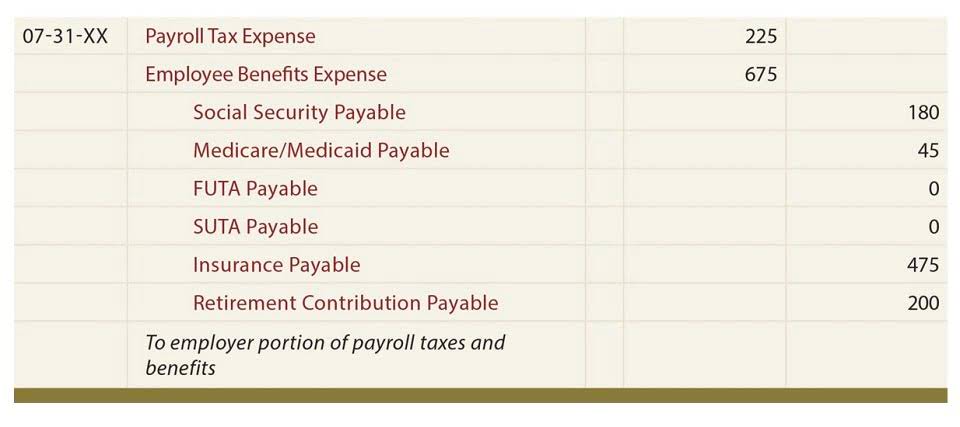
After reviewing the product cost and consulting with the marketing department, the sales prices were set. The sales price, cost of each product, and resulting gross profit are shown in Figure 6.6. Two companies, ABC company, and XYZ company are competing to get a massive order that will make them much recognized in the market. This project is going to be lucrative for both companies but after going over the terms and conditions of the bidding, it is stated that the bid would be based on the overhead rate. This means that since the project would involve more overheads, the company with the lower overhead rate shall be awarded the auction winner.

Step 1: Estimate Manufacturing Overhead Costs
- In order to calculate the predetermined overhead rate for the coming period, the total manufacturing costs of $400,000 is divided by the estimated 20,000 direct labor hours.
- Hence, it is essential to use rates that determine how much of the overhead costs are applied to each unit of production output.
- Whether it’s for educational purposes, professional tasks, or personal projects, Sourcetable is equipped to handle any computational challenge with precision and ease.
- Nonetheless, ignoring overhead costs, like utilities, rent, and administrative expenses that indirectly contribute to the production process of these gadgets, would result in underestimating the cost of each gadget.
- A predetermined overhead rate is defined as the ratio of manufacturing overhead costs to the total units of allocation.
- This is why a predetermined overhead rate is computed to allocate the overhead costs to the production output in order to determine a cost for a product.
Using the predetermined overhead rate formula and calculation provides businesses with a percentage they can monitor on a quarterly, monthly, or even weekly basis. Businesses monitor relative expenses by having an idea of the amount of base and expense that is being proportionate to each other. This can help to keep costs in check and to know when to cut back on spending in order to stay on budget. The example payroll shown above is known as the single predetermined overhead rate or plant-wide overhead rate. Different businesses have different ways of costing; some would use the single rate, others the multiple rates, while the rest may make use of activity-based costing. In other words, using the POHR formula gives a clearer picture of the profitability of a business and allows businesses to make more informed decisions when pricing their products or services.
Step 2: Identify and Estimate the Activity Driver

Take, for instance, a manufacturing company that produces gadgets; the production process of the gadgets would require raw material inputs and direct labor. These two factors would definitely make up part of the cost of producing each gadget. Nonetheless, ignoring overhead costs, like utilities, rent, and administrative expenses that indirectly contribute to the production process of these gadgets, would result in underestimating the cost of each gadget. The company, having calculated its overhead costs as $20 per labor hour, now has a baseline cost-per-hour figure that it can use to appropriately charge its customers for labor and earn a profit. That is, the company is now aware that a 5-hour job, for instance, will have an estimated overhead cost of $100.

Which activity is most important to you during retirement?

A company’s manufacturing overhead costs are all costs other than direct material, direct labor, or selling and administrative costs. Once a company has determined the overhead, it must establish how to allocate the cost. This allocation can come in the form of the traditional overhead allocation method or activity-based costing.. This facilitates accurate cost estimation, pricing decisions, and budgeting processes, ultimately enhancing cost control and profitability in manufacturing operations. A predetermined overhead rate is calculated at the start of the accounting period by dividing the estimated manufacturing overhead by the estimated activity base.
- The price a business charges its customers is usually negotiated or decided based on the cost of manufacturing.
- This dual-display capability ensures you not only receive the answers you need but also understand the methodology behind them.
- This could be machine hours, labor hours, or any other measure that reflects the use of manufacturing resources.
- After going to its terms and conditions of the bidding, it stated the bid would be based on the overhead rate percentage.
- In other words, using the POHR formula gives a clearer picture of the profitability of a business and allows businesses to make more informed decisions when pricing their products or services.
- By determining this rate, businesses can enhance their pricing strategies and financial planning.
In this article, we will discuss the formula for predetermined overhead rate and how to calculate it. To calculate predetermined overhead rate, divide estimated overhead by the allocation base. Using the predetermined overhead rate aids in developing comprehensive budgets and setting financial benchmarks. It plays a crucial role in financial management by enabling the projection and control of overhead costs in production settings. The total manufacturing overhead cost will be variable overhead, and fixed overhead, which is the sum of 145,000 + 420,000 equals 565,000 total manufacturing overhead.
As a result, there is a high probability that the actual overheads incurred could turn out to be way different than the estimate. A Predetermined Overhead rate shall be used to calculate an estimate on the projects that are yet to commence for overhead costs. It would involve calculating a known cost (like Labor cost) and then applying an overhead rate (which to calculate a predetermined overhead rate, divide estimated total manufacturing overhead by the was predetermined) to this to project an unknown cost (which is the overhead amount). The formula for calculating Predetermined Overhead Rate is represented as follows.
- While it may become more complex to have different rates for each department, it is still considered more accurate and helpful because the level of efficiency and precision increases.
- At Finance Strategists, we partner with financial experts to ensure the accuracy of our financial content.
- This rate, calculated as total estimated overhead costs / total estimated allocation base, helps businesses in allocating overhead costs more precisely.
- The predetermined overhead rate is then applied to production to facilitate determining a standard cost for a product.
- Based on the manufacturing process, it is also easy to determine the direct labor cost.
- This can result in abnormal losses as well and unexpected expenses being incurred.
This means that once a business understands the overhead costs per labor hour or product, it can then set accurate pricing that allows it to make a profit. Hence, one of the major advantages of predetermined overhead rate formula is that it is useful in price setting. This includes all costs related to the production process that are not direct materials or direct labor. Common components are the salaries of factory managers, factory rent, property taxes, and depreciation.
